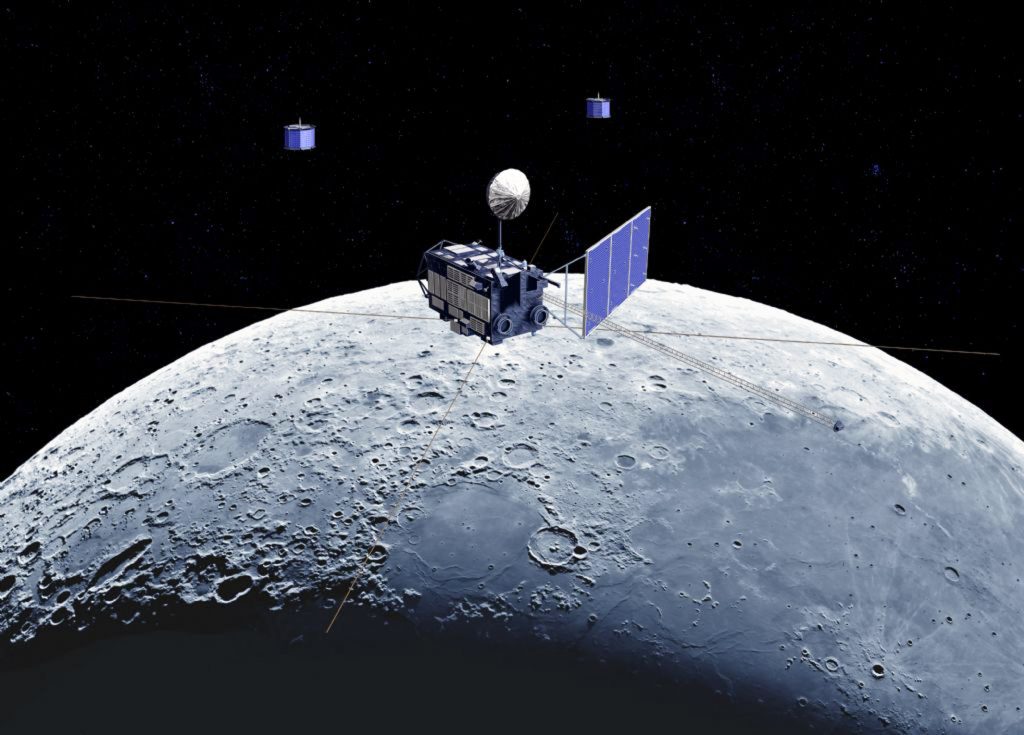
- ARAB NEWS
- 26 Apr 2024

TOKYO: A Japanese research group has observed carbon emitting from almost the entire surface of the moon, using Kaguya, a Lunar explorer of the Japan Aerospace Exploration Agency, or JAXA.
An article about the team's finding will be published on US journal Science Advances on Thursday.
The discovery may prompt a review of conventional theories on the process of how the moon came to be, since it has been thought that almost no carbon exists on the astronomical body that orbits Earth.
The widely accepted theory at present is the so-called giant-impact hypothesis that the moon was formed as a result of a collision between ancient Earth and a Mars-sized celestial body. Carbon and other volatile elements on the moon are believed to have evaporated at the time of the impact, which made it a high-temperature fireball.
Analyzing data from a plasma observation device mounted on Kaguya, Shoichiro Yokota, associate professor at Osaka University, and other members of the team found that carbon ions are emitting from almost the whole surface of the moon.
They also detected a larger amount of carbon ions at areas called oceans, created from past volcanic activities, than at upland areas.
There is no doubt about the giant-impact hypothesis, but there is a need to study possibilities that have not been taken into account, Yokota said, noting that the high-temperature state at the time of the moon formation might not have lasted long or the temperature might have been slightly lower than the levels that have been considered so far.
JIJI Press